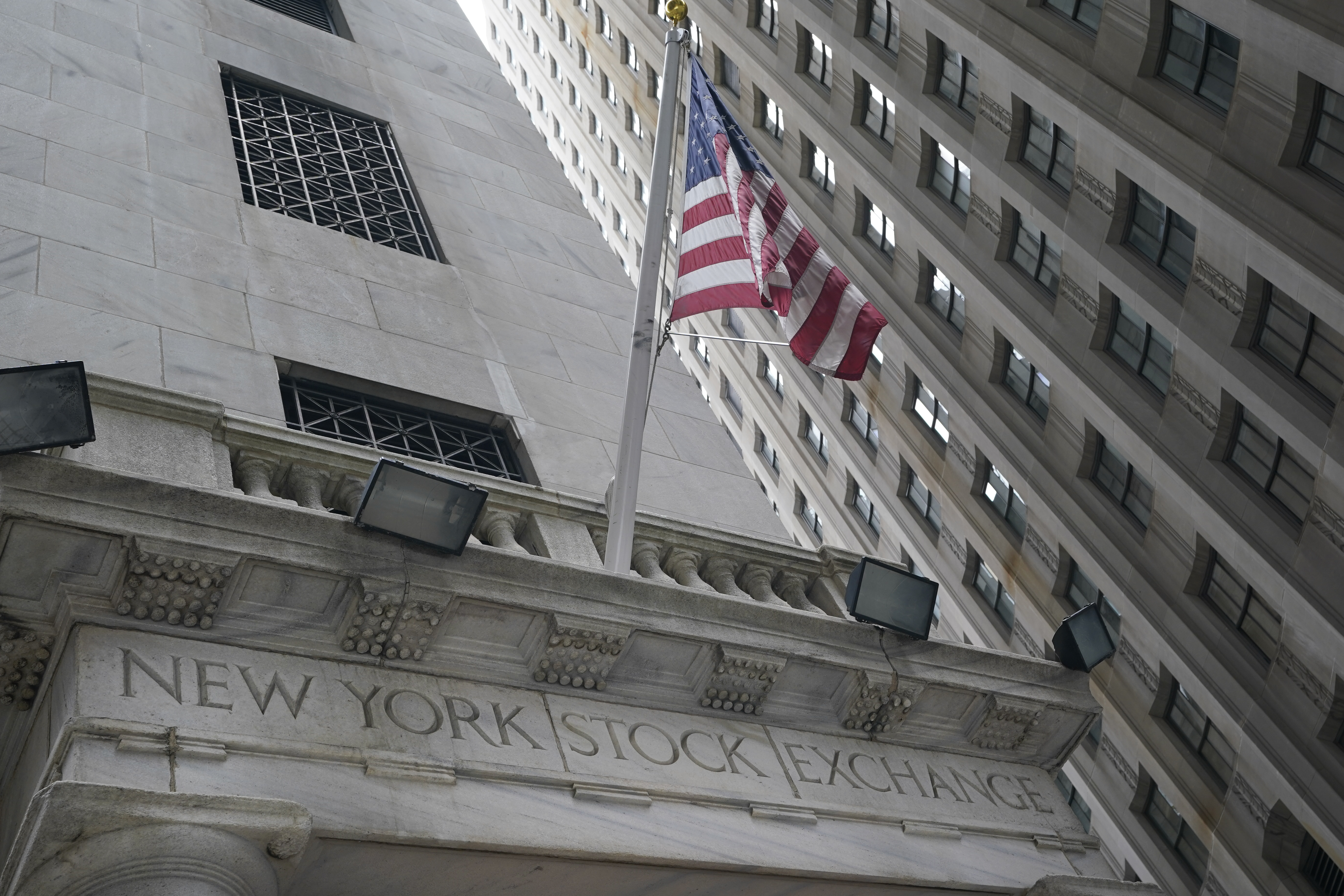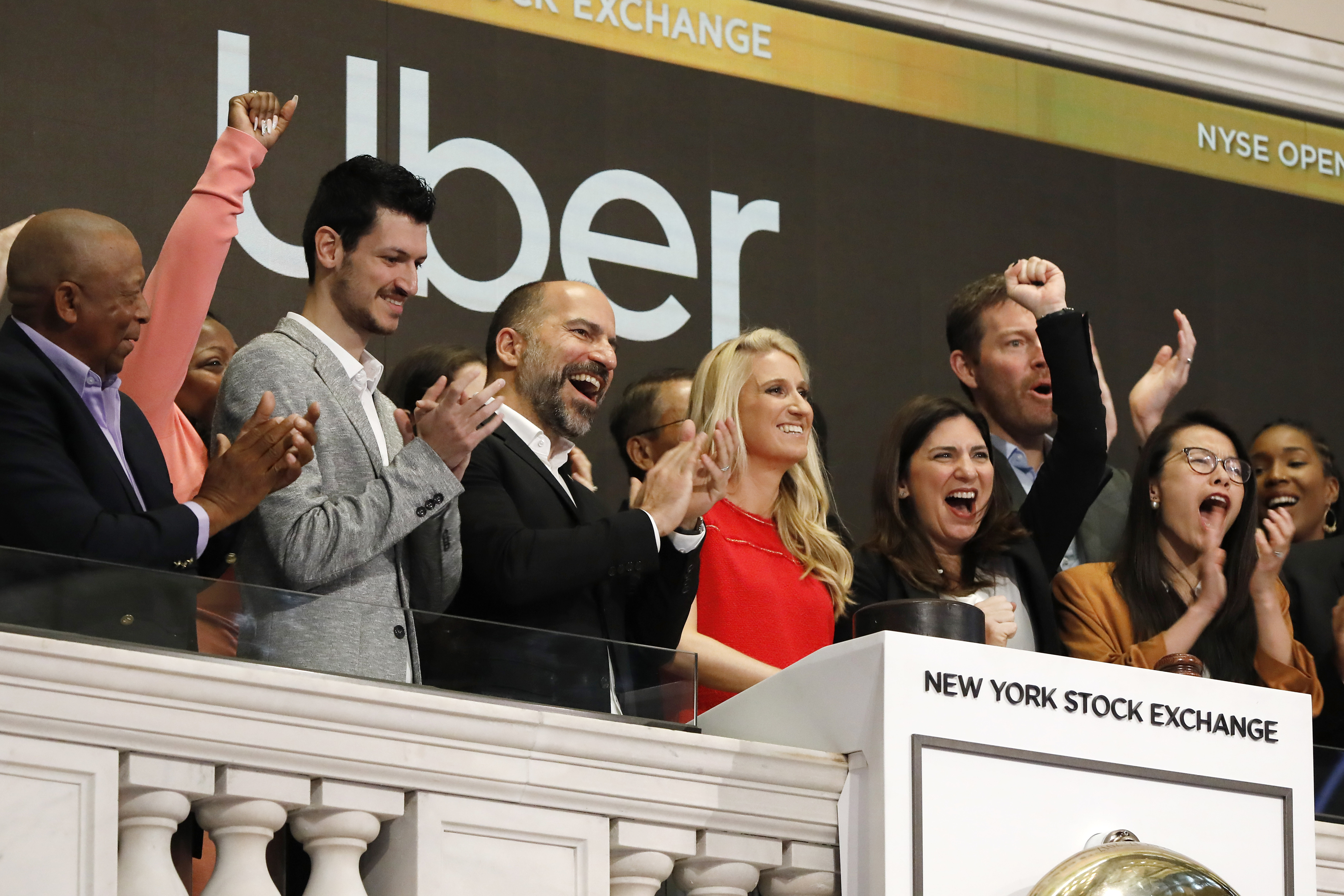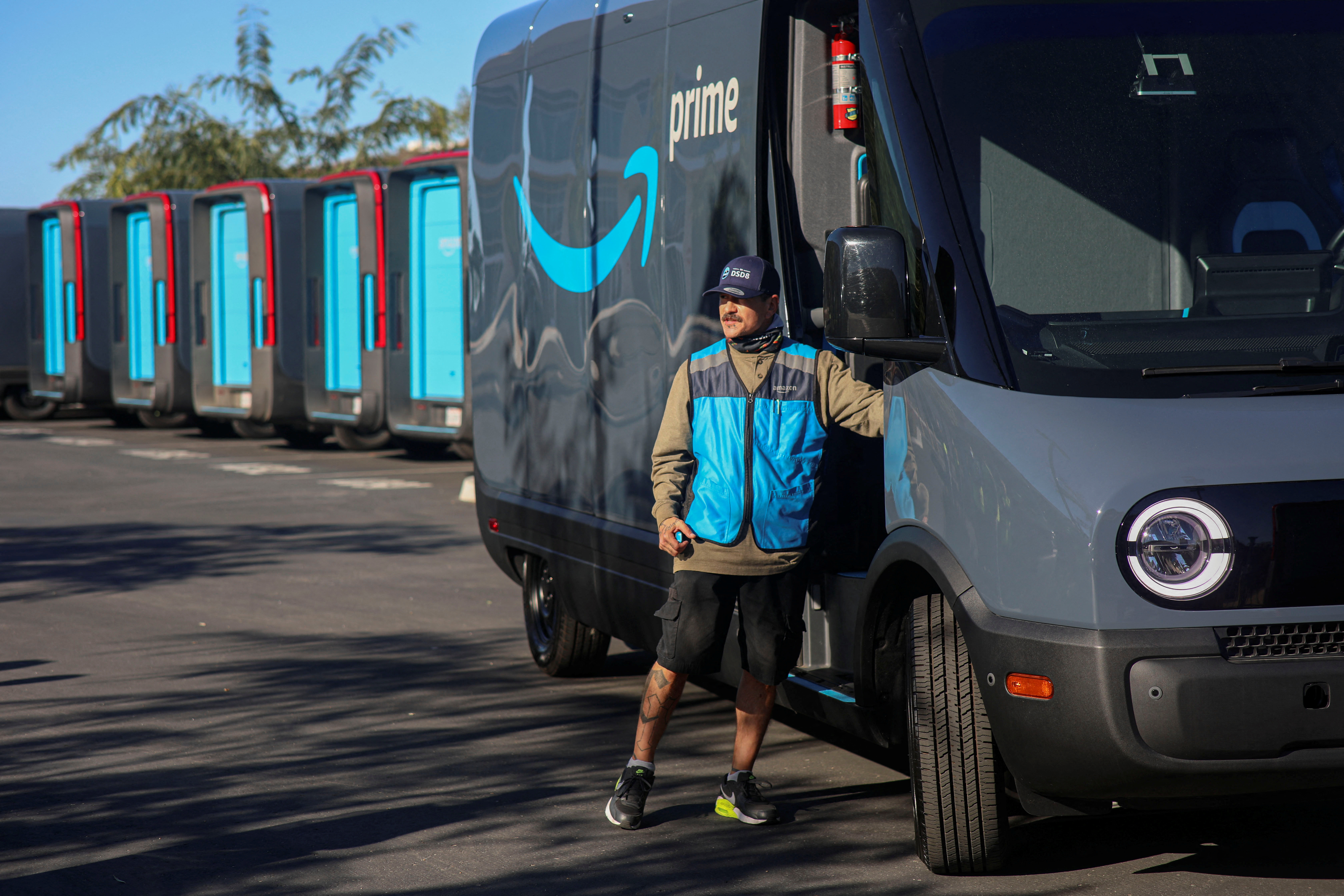
In May of 2019, Uber was on the upswing. The ride-hailing company was about to go public and its initial public offering was valued at more than $120bn. However, in the lead-up to its IPO on May 9 of that year, it pared back its valuation to $75bn and on the first day of trading, the company’s share price dropped more than 9 percent.
Concurrently, the company’s research and development teams ramped up ambitious projects — many of which left staffers scratching their heads.
“Products like Uber Chopper and Uber Submarine were being talked about. At a certain point, that just sounds insane,” former Uber staffer Maddy Nguyen, now co-founder and CEO of recruiting software firm Talentdrop, told Al Jazeera. “This is such a disruptive business at its core product and it’s driving all the money. Then, all the money goes to research and development for crazy ideas because they kind of have to for investors. It makes no sense.”
“The interest of the company and the investors are really not always aligned at all, and companies get pressure to do things that just aren’t really that smart for employees or founders,” Nyguyen added.
Such moves are often made in order to satisfy a concept known as shareholder supremacy, experts have said. As a 2019 Harvard Law School Forum on Corporate Governance paper explained it, “A corporation’s board owes its ‘fiduciary duties’ exclusively to shareholders, meaning that the board, as it makes decisions, is solely accountable to shareholders.”
In other words, companies are legally accountable to their shareholders to make the best financial decisions. In turn, executives make decisions to maximise shareholder profits, including by boosting share price, over just about everyone else involved – the workers, the consumers, and the product itself.
Investors first
Publicly traded corporations put their shareholders first when making decisions even when that means developing products that leave a company’s own people confused and vulnerable to job cuts.
That can mean taking on ambitious projects that facilitate hypergrowth — a risky move that the tech sector has proved in recent months is a recipe for an industry-wide implosion.
Several companies, including Meta, Tesla, and even fashion brands Kate Spade and Co and recently Adidas, have been sued by their own investors after they allegedly failed to meet those obligations.
“The investors own the company. They have to have a duty to them first, that’s their legal duty,” Nguyen added.
Putting shareholders first is notoriously a rallying cry for both progressive Democrats and far-right Tea Party Republicans. Layoffs in the middle of it are just a vector for bad public relations.
Innovation is a key way companies try to appease shareholders without resorting to job cuts. In the case of Uber, the cornucopia of new products did not help its woes.

Even before the pandemic, its stock tumbled. Within months Uber began layoffs, and by October 2019, it had laid off more than 1,000 people. Like most companies, Uber’s layoffs kept piling up as its stock crashed at the height of the COVID-19 pandemic in 2020.
While 2021 was a good year for the company, that success was short-lived. Uber laid off 6,700 employees last year.
In January at the World Economic Forum, CEO Dara Khosrowshahi said there would be no company-wide layoffs. Less than a week later, the ride-hailing company announced it was cutting its Uber Freight division’s workforce by 3 percent or 150 jobs.
Since January’s downsizing announcement, its share price has increased by more than 50 percent.
Layoffs, stock buybacks, a ‘masterpiece’
Uber is far from the only one. Meta actually led the corporate pack amid the latest wave of layoffs.
The Facebook parent company went in too deep into its Metaverse efforts, which according to a poll from Morning Consult was doomed from the start as 68 percent of adults just are not interested in Meta’s virtual reality foray.
In the first quarter of 2022, the company reported it lost users for the first time ever. In the following quarter, it reported its first revenue drop.
While Meta’s reasoning is different, it sent a message to other big tech players: Laying off tens of thousands of employees is OK and maybe helpful to its stock. The day the social media giant announced it would lay off 11,000 people, its stock went up 5 percent.
Meta was beholden to its legal responsibility to shareholders. In short, it is the C-suite way of saying, “Sorry, I wish I could do something but my hands are tied.”
That is exactly what happened at Salesforce. After a tumultuous 2022, the company deployed stock buybacks in advance of job cuts, and in January, it laid off 8,000 people.

At the time, CEO Marc Benioff cited the economic outlook in a letter to employees: “The environment remains challenging and our customers are taking a more measured approach to their purchasing decisions. With this in mind, we’ve made the very difficult decision to reduce our workforce by about 10 percent,” Benioff wrote. Echoing a line other tech-industry CEOs were using at the time, he added, “We hired too many people leading into this economic downturn we’re now facing, and I take responsibility for that.”
Then came March 1 — the day the San Francisco-based enterprise software giant released its quarterly earnings report.
The company announced it would double its stock buyback programme to $20bn from the $10bn it announced last August. From an investor’s perspective, it was stellar. Wedbush Senior Analyst Dan Ives called it a “masterpiece”.
Benioff then made the rounds on the financial news programmes, taking friendly questions from anchors. In one 15-minute interview, the executive editor and anchor did not even mention the layoffs.
Salesforce may be one of the larger companies to make cuts as it touts stellar earnings, but it is far from alone.
In the past few weeks, Ottawa, Canada-based e-commerce platform Shopify announced it would cut 2,300 jobs or 20 percent of its workforce while concurrently reporting better-than-expected quarterly earnings. Just days earlier, San Francisco tech giant Unity Software cut 600 jobs after it reported its first quarterly profit since the company went public three years ago.
In February, Eventbrite reported strong fiscal year and fourth quarter results. At the same time, the ticketing platform cut 8 percent of its workforce. About a month earlier, IBM deployed a similar strategy.
Chief executives like Bennioff often blame macroeconomic conditions as the rationale for layoffs in their letters to staffers. Amazon CEO Andy Jassy said in a letter to staffers announcing layoffs, “This year’s review has been more difficult given the uncertain economy.”
Layoffs overwhelmingly hit the tech industry. According to a new report from job placement agency Challenger, Grey and Christmas, 34 percent of all layoffs in 2023 were in tech. That means roughly 114,000 people are out of a job.

C-suite executives are financially incentivised in their own right to push this framework.
Executive salary and company stock price
Executive salary is for the most part largely tied to the company’s stock price. For example, Amazon CEO Andy Jassy’s cash compensation totals $175,000, but his equity on the other hand, mostly made up of stock awards, totals almost $212m.
Under Jassy’s leadership, the company underwent the largest round of layoffs in the e-commerce giant’s nearly three-decade history.
Representatives for Amazon did not confirm the specifics of Jassy’s compensation package but said that it compensates executives on what are called “restricted stock unit awards”, and those have long vesting periods that could be more than five years long.
According to statistics compiled by the American Federation of Labor and Congress of Industrial Organizations (AFL-CIO), the largest federation of unions, Jassy makes 6,474 times more than the average employee at the company. Amazon holds the highest CEO-to-average-worker pay ratio of any company in the S&P 500.
The average worker at Amazon makes $32,855 per year — a little more than $2,000 than the federal poverty line for a four-person household. That also means the Seattle-based e-commerce giant’s average employee is paid low enough to qualify for some public assistance programmes.
Amazon reps told Al Jazeera that the roles affected were part of its corporate workforce and would not confirm the average compensation of those laid off. It added that because of the large workforce, it only discloses salaries annually and the statistics provided are not a totally accurate representation.







